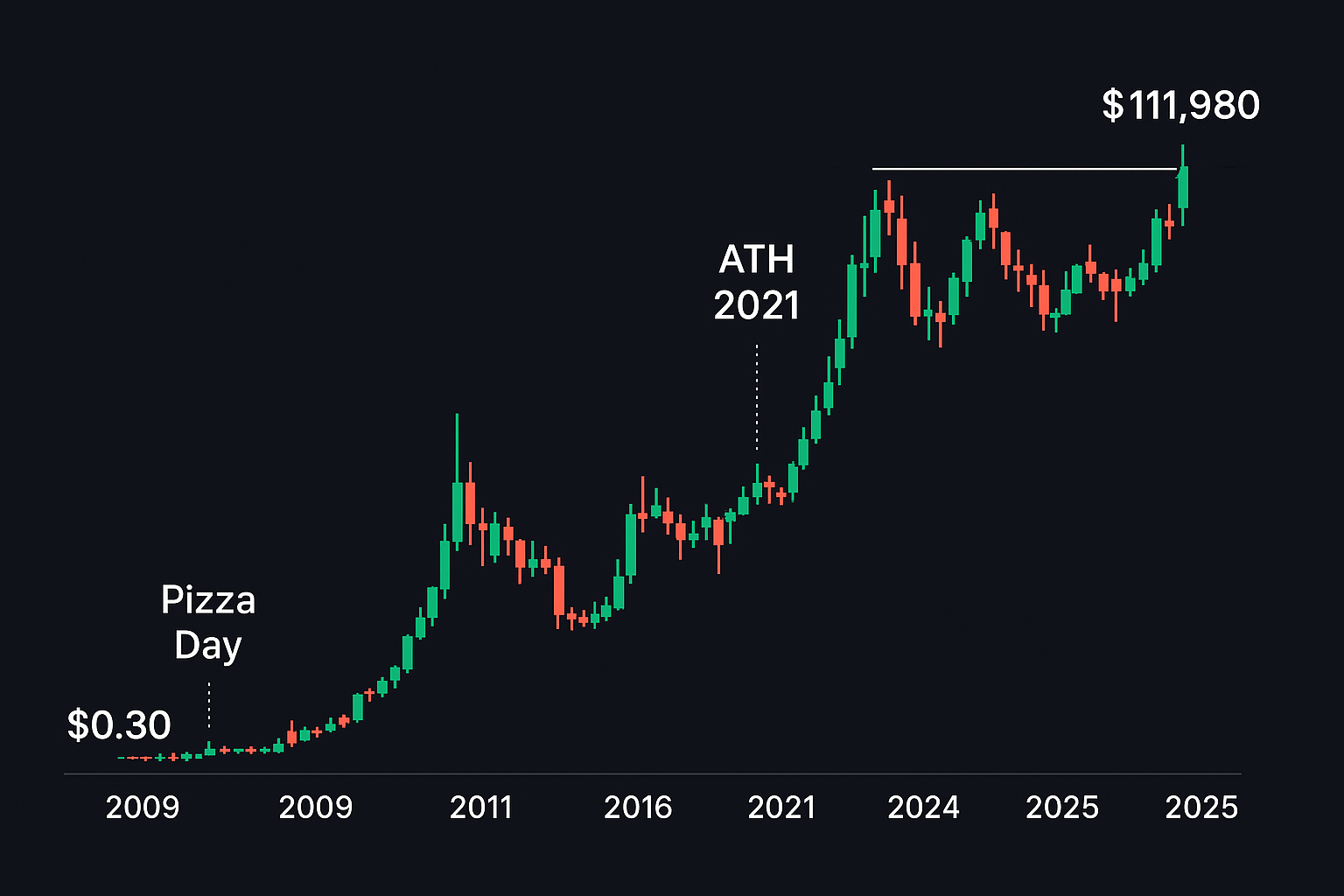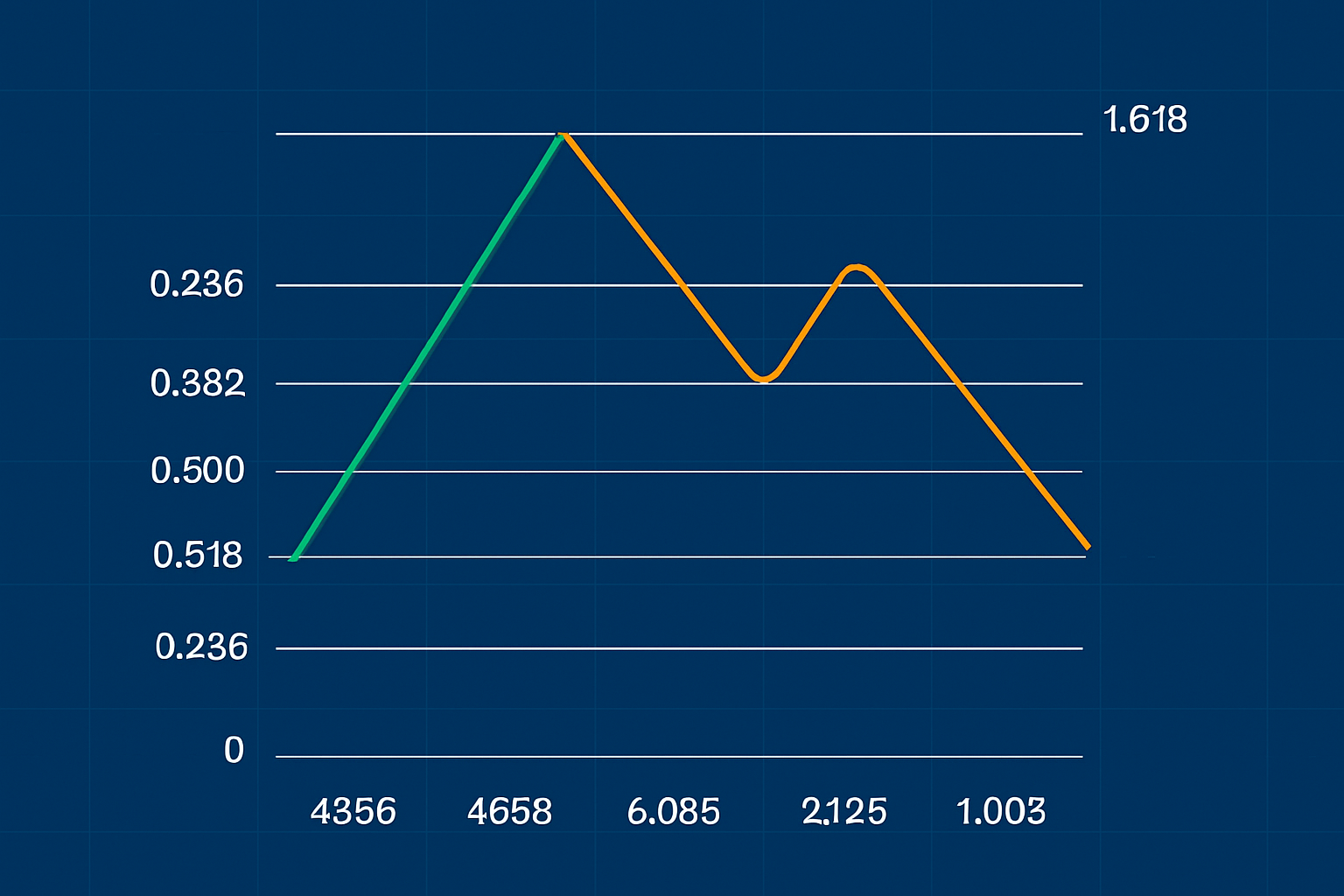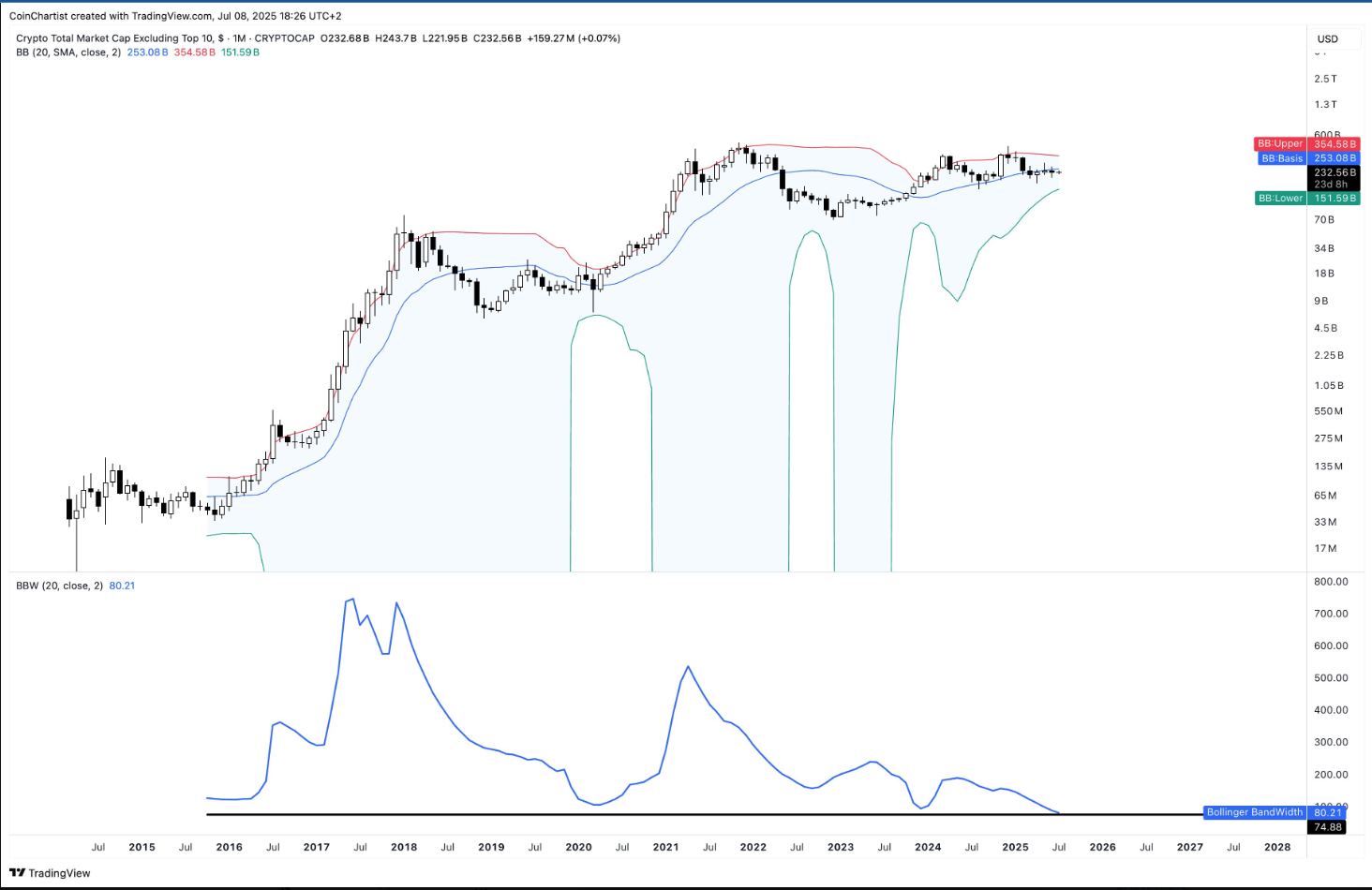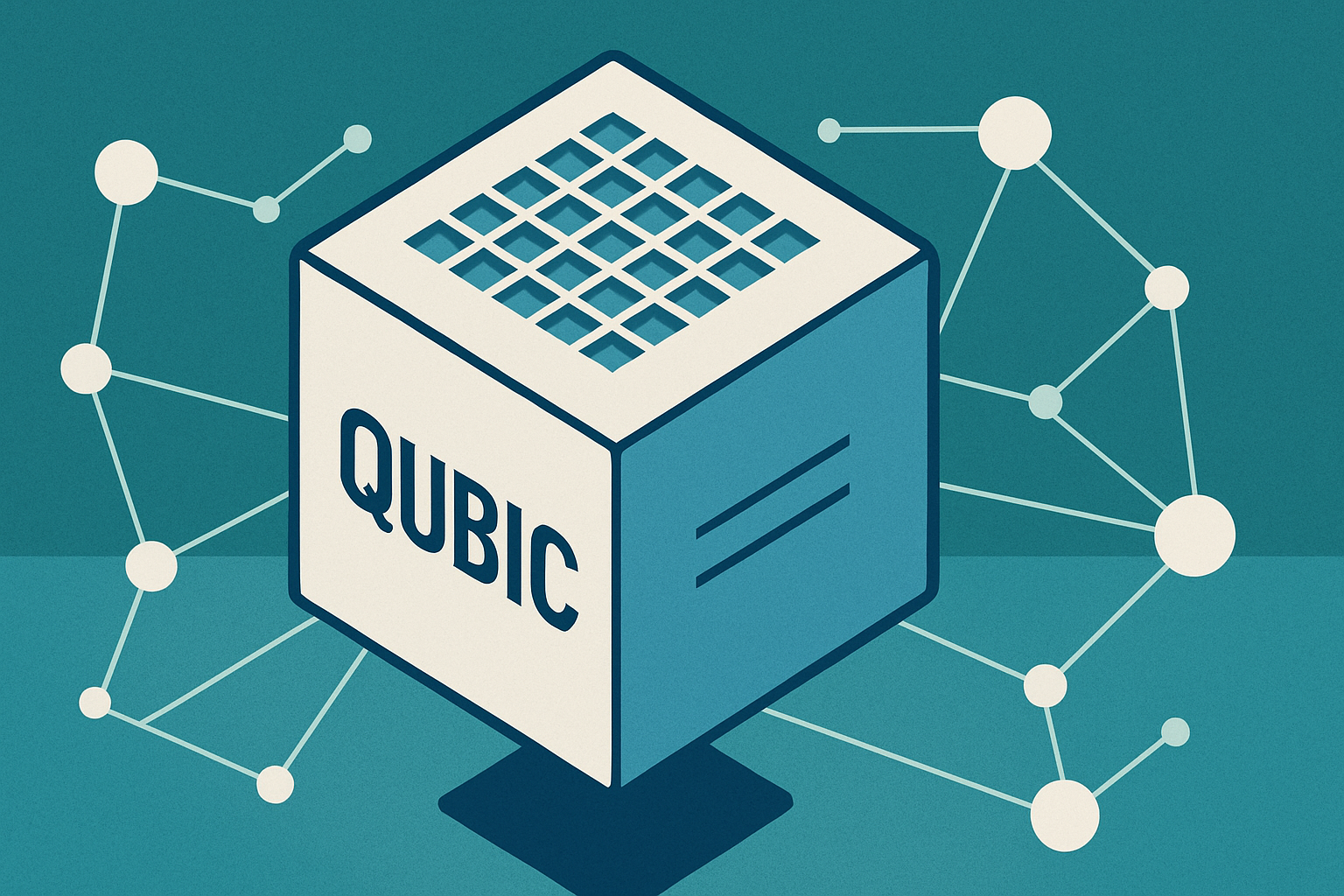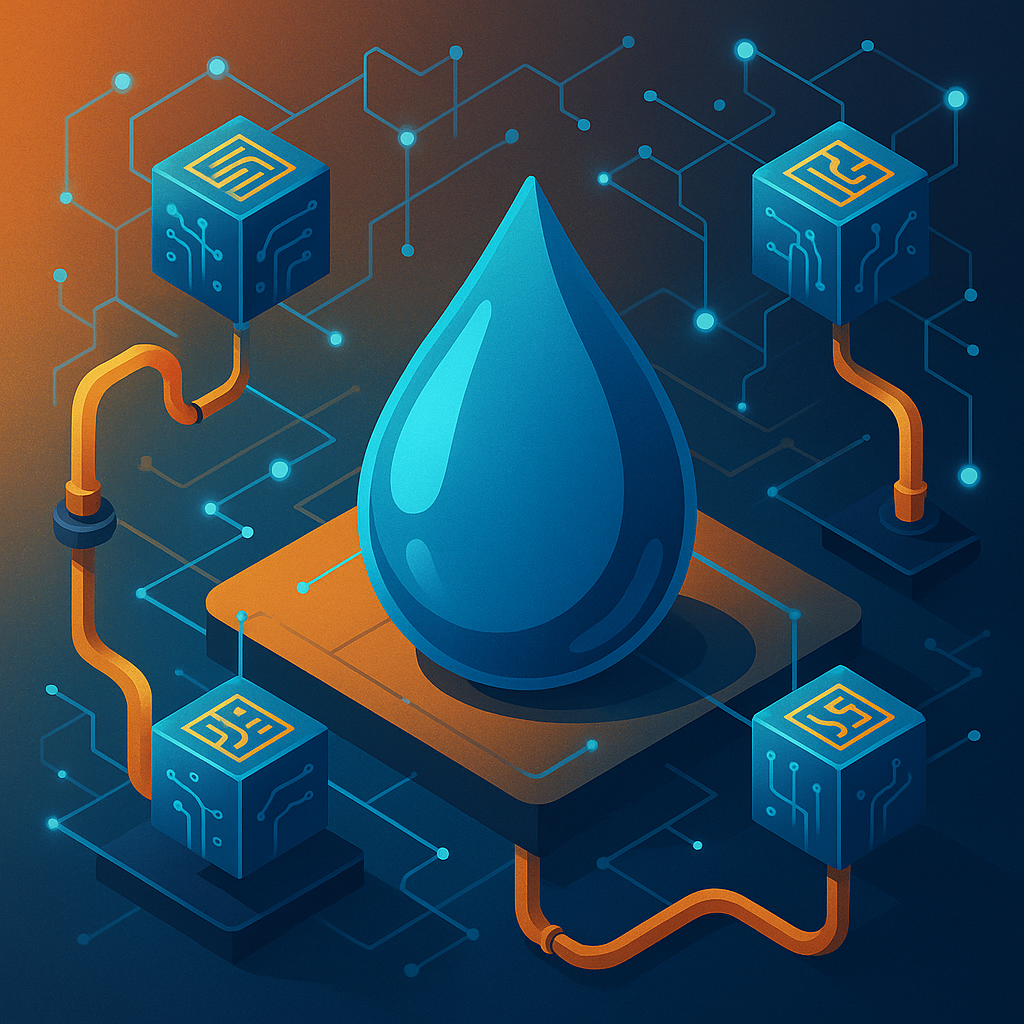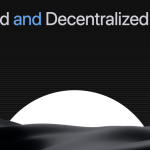Introduction: Tokenizing Water to Fix Broken Systems
Flint, Michigan, and Toledo, Ohio, have become synonymous with failing water infrastructure in the U.S. But a new frontier may offer hope — tokenized water assets powered by blockchain.
Could blockchain finally offer a transparent, traceable, and accountable method to manage and distribute clean water? As urban infrastructure ages and public trust erodes, decentralized solutions are gaining attention.
What Does “Tokenizing Water” Mean?
Understanding Tokenization
Tokenization refers to converting real-world assets into blockchain-based tokens. In this context, each token could represent a unit of water, tracked, distributed, and accounted for transparently on a blockchain ledger.
Why Water?
-
Water is scarce and mismanaged.
-
Infrastructure corruption and neglect cause human suffering.
-
Tokens can introduce transparency and usage accountability.
How Blockchain Could Transform Water Infrastructure
Smart Contracts for Distribution
Smart contracts could automate fair and timely distribution of clean water resources to residents, especially during shortages or crises.
Public Ledger = Transparent Spending
Every dollar of federal aid, charity donation, or municipal budget could be tracked in real-time — no more hidden deals or misallocated funds.
Water-as-a-Service (WaaS)
Residents or companies could pay for water usage via blockchain systems, potentially reducing costs and improving reliability.
Challenges to Tokenizing Water
While blockchain offers promise, challenges remain:
-
Digital access barriers in low-income neighborhoods.
-
Regulatory hurdles around public utilities.
-
Initial investment costs in blockchain infrastructure.
But with the right partners — such as local governments, nonprofits, and Web3 startups the potential upside is enormous.
Closing Thoughts
The idea of tokenizing water may sound futuristic, but it aligns perfectly with blockchain’s core values: transparency, decentralization, and accountability.
Cities like Flint and Toledo, which have long suffered from mismanagement and broken promises, might just lead the next infrastructure revolution — one block at a time.



